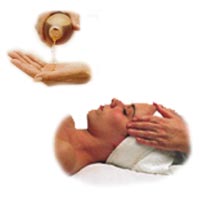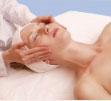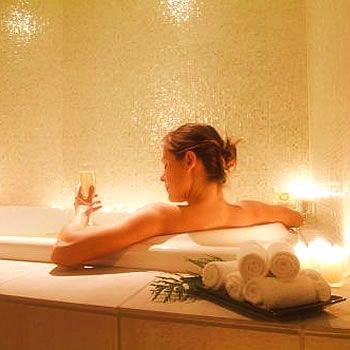
Aromatherapy

Aromatherapy, usually related with the harmonizing and alternative medicine (CAM), is use of volatile liquid plant materials, called as essential oils (EOs), and other aromatic compounds from plants to the affect someone's feel or health. The word was created in the 1920s by French chemist René Maurice Gattefossé.
The main branches of aromatherapy are:
- Home Aromatherapy (self treatment, perfume & cosmetic use).
- Clinical Aromatherapy (as part of pharmacology and pharmacotherapy).
- Aromachology (the psychology of odors and their effects on the mind).
Materials:
Some of the materials employed include:
- Essential Oils From Distillation (e.g. eucalyptus oil) Or Expression (grapefruit oil).
- Hydrosols, Aqueous By-Products Of The Distillation Process (e.g. rosewater)
- Absolutes, Oils Extracted By Solvent Or Supercritical Fluid Extraction (e.g. rose absolute).
- Infusions, Aqueous Solutions Of Plant Material (e.g. infusion of chamomile).
- Carrier Oils Used To Dilute Essential Oils For Use On The Skin (e.g. sweet almond oil).
- Phytoncides, Natural Volatile Organic Compounds From Plants.
Application:
While the practice of aromatherapy is at times thought to be restricted to inhalation, it might include various methods, including:
- Inhalation (directly or diffused into the air).
- Absorption Through The Skin (baths, massages, compresses).
- Absorption Through The Mucous Membranes (oral rinses and gargles).
- Ingestion (occasionally prescribed, with caveats).
Therapeutic Effects:
Aromatherapy is in fact based mainly on the following therapeutic effects:
- Antiseptic Effects - Viricidial, Bactericidal, Fungicidal.
- Anesthetic Action (menthol, camphor).
- Central Nervous System Effects.
- Metabolic / Endocrine Effects.
- Psychological Effects.
- Immunostimulator.
Fragrances could have a real relaxing effect measured as an increase in alpha brain waves.
One of the well-known essential oils for aromatherapy is lavender that is recommended by practitioners for treating wounds, to improve once memory, and to aid sleep by hostility anxiety and insomnia. Other popular scents carry eucalyptus, raised, jasmine and bergamot.
Aromatherapy is one of the fastest growing fields in alternative and holistic medicine. Aromatherapy is sometimes used in the clinics and hospitals for treatment of pain relief, for labor pain, for relieving pain lead by the side effects of the chemotherapy, and for the rehabilitation of cardiac patients.








